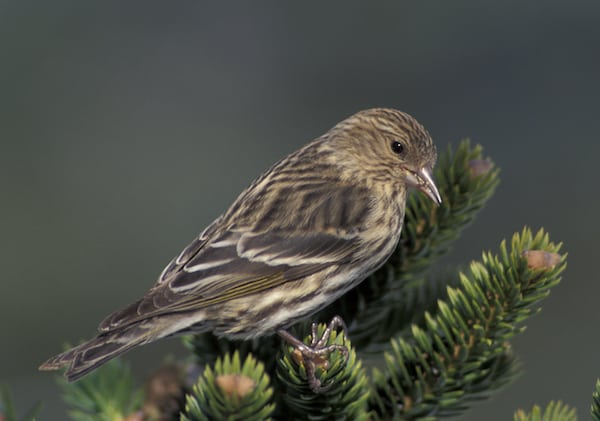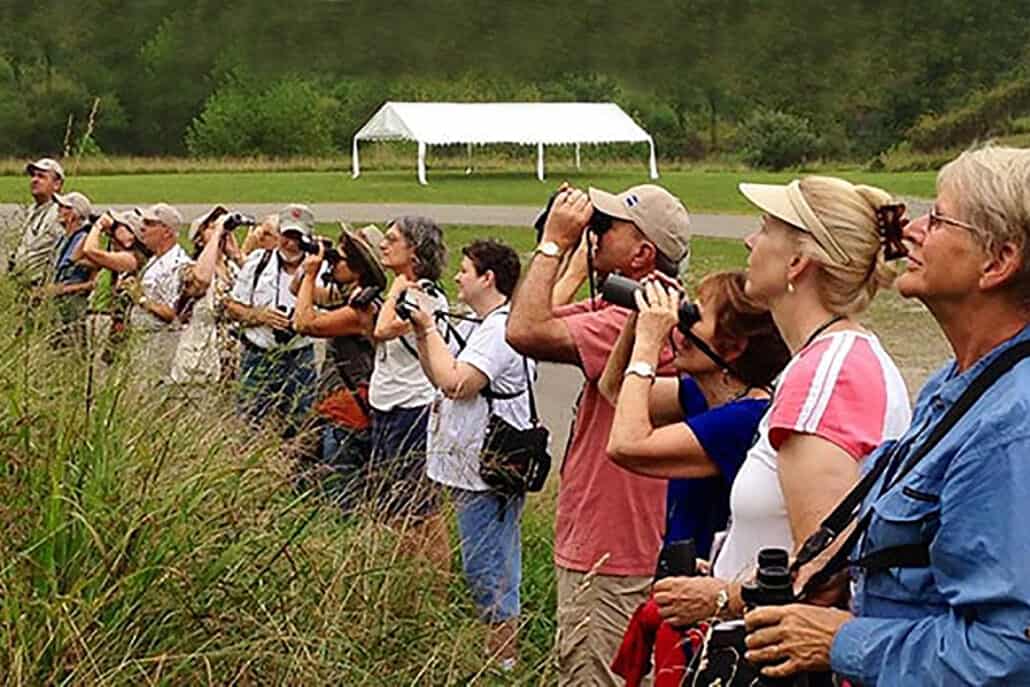Winter Birds of Indiana (December, January, February)
December is usually a drab month in Indiana, a cold month. Leaves are nearly all gone from the trees. They blanket the ground where they have not been raked up and disposed of. Weeds and wildflowers along the sides of roads create a miniature forest of yellow and brown stems. The fields of corn and soybeans are gone, replaced by fields of stubble or dark earth where the ground has been plowed. Frost puts a glitter on the leaves and stems and stubble at dawn but the glitter disappears soon after the sun comes up.
The most common birds, in December and throughout the winter, are year-round residents, cardinals and blue jays, house sparrows and house finches and goldfinches, chickadees and titmice and white-breasted nuthatches, downy, hairy, and red-bellied woodpeckers. They are seen at nearly every bird feeder, joined there by those winter visitors, the juncos and tree sparrows and occasionally a few white-crowned sparrows.
There are flocks of starlings about and sometimes a gaggle of these insatiable birds will descend on a feeder. There are stragglers, too, perhaps a small flock of red-winged blackbirds, or robins in a woods where there are berry trees with fruit still on the branches, a few bluebirds in a tree and brush lined fence, a morning dove, or even a small flock of mourning doves. The starlings will be around all winter, the other birds may or they may be gone after the first snow.
Canada geese are on the lakes and rivers. There are a few mallards and, sometimes, other ducks, until ice puts a lid on lakes and ponds and marshes. A few great blue herons and occasionally a belted kingfisher linger until ice covers the water. Bird watchers look for all these stragglers and try to keep track of them so they can list them on Christmas Bird Counts, held between late December and early January.
There are crows and red-tailed hawks and a few kestrels. There are great horned owls, barred owls, and eastern screech-owls though these are rarely seen. Late in December, however, the great horned owls call often at dusk. Their hoots are meant for each other but they also let birders know that the owls are about and beginning their late-winter nesting cycle.
The winter weather in Indiana is as unpredictable as the most erratic winter birds. There may be snow as early as November or not until January. Some years there is a lot of snow, some years almost none. Some years snow blankets the entire state, some years it is almost limited to the “snow belt,” an area in the north around the shore of Lake Michigan.
Whether there is snow or not, there are Cooper’s and sharp-shinned hawks in Indiana in winter. Though not numerous, individual birds are sometimes conspicuous as they hang about the vicinity of a particular bird feeder, perching nearby, swooping in now and then and snatching a chickadee or goldfinch or other bird feeding there. Though a natural, even exciting event, such raids are usually decried by the feeder owner.
Winter is a quiet time outdoors in Indiana, particularly when there is snow on the ground and ice on the rivers as well as the lakes and ponds. It can be, and frequently is, an unexciting time for bird watchers. But for the birder willing to roam about the countryside there is always the chance of seeing a “good” bird or even a flock of them. The usual red-tailed hawk perched on the branch of a tree or on a power pole may, after a closer look, turn out to be a rough-legged hawk.
A flock of horned larks seen flying over a field, if followed and checked may have Lapland longspurs with the larks. Those flocks in windswept fields should always be checked to see if the birds show flashes of white when they fly for there is always the chance of seeing a flock of snow buntings, particularly in the northern part of the state, in winter.
There are other winter wanderers, too, erratic, unpredictable birds that add a bit of suspense to birding when the weather is cold, days are short and there is often snow covering the ground. Some of these birds are solitary and some travel in flocks like the snow buntings do.
A few snowy owls are seen in Indiana every winter. Rare anywhere in the state, they are especially rare south of Indianapolis. Short-eared owls are also seen nearly every winter, almost always, like snowy owls, in the northern half of the state. Usually these owls are seen singly but occasionally there is a small group of them. They often hunt during the day in overcast weather and may remain in the same area most of the winter, often roosting in a stand of pines or other evergreen trees.
Two more species of owl are seen in Indiana, usually in winter though both have been known to nest in the state. But it’s in winter that bird watchers walk through pine plantations looking for the tell-tale whitewash of owl droppings and pellets, and when they find them, searching the branches overhead. There they may find a northern saw-whet owl, often at eye level, usually wide eyed, staring back and showing no fear. Or, perched higher up, a birder searching evergreens may spot a long-eared owl.
A flock of little birds in Indiana in winter may be pine siskins or redpolls. Every bird in a flock of redpolls should be checked through binoculars, because a hoary redpoll is always possible among the commons. Other birds seen sometimes in flocks in Indiana during winter are evening grosbeaks and both red and white-winged crossbills.
Siskins and redpolls, evening grosbeaks and crossbills are irruptive, seen outside their usual range in large number some years. Certainly this describes the appearance of these birds in Indiana. Hoosier bird watchers speak of the winter of the siskins or redpolls or evening grosbeaks, a winter when the birds indicated seemed to have been everywhere.
Nearly every year there is a period of warm weather, a winter thaw, in January or February. Bird watchers who have been content to do their birding through the windows of their homes, watching birds at their feeders, get out in the woods and around the fields and think of spring. Then they may find that the old nest of a pair of red-tailed hawks is now occupied by a great horned owl. They won’t see into the elevated nest, but they’ll know that the owl has eggs. This, even more than the weather, will make them think of spring. But it’s too early. Even though the owl is incubating, winter is not over. Nor is the possibility of seeing a rare winter visitor, perhaps a northern shrike or a northern goshawk or a small flock of pine grosbeaks. And spring, along with the return of our favorite migrants, is not far off.




